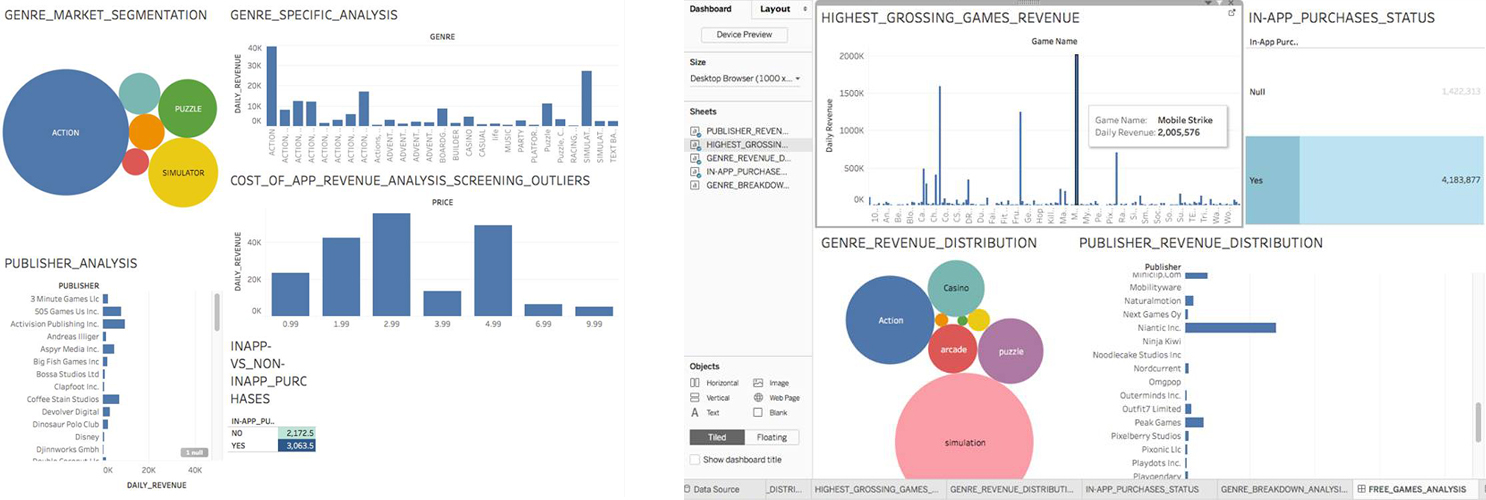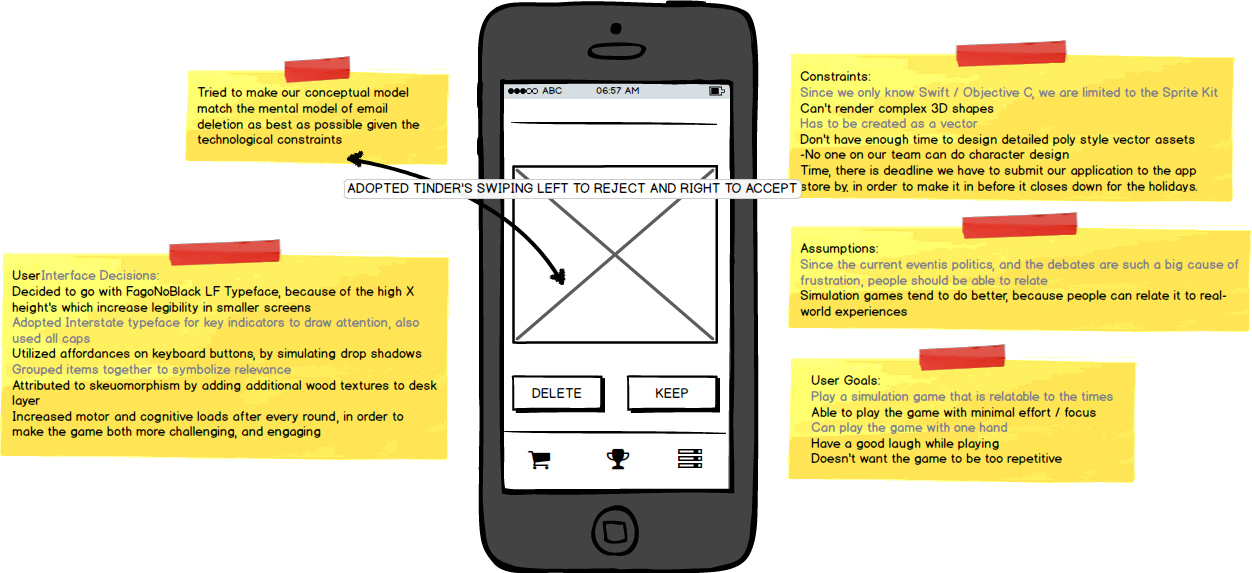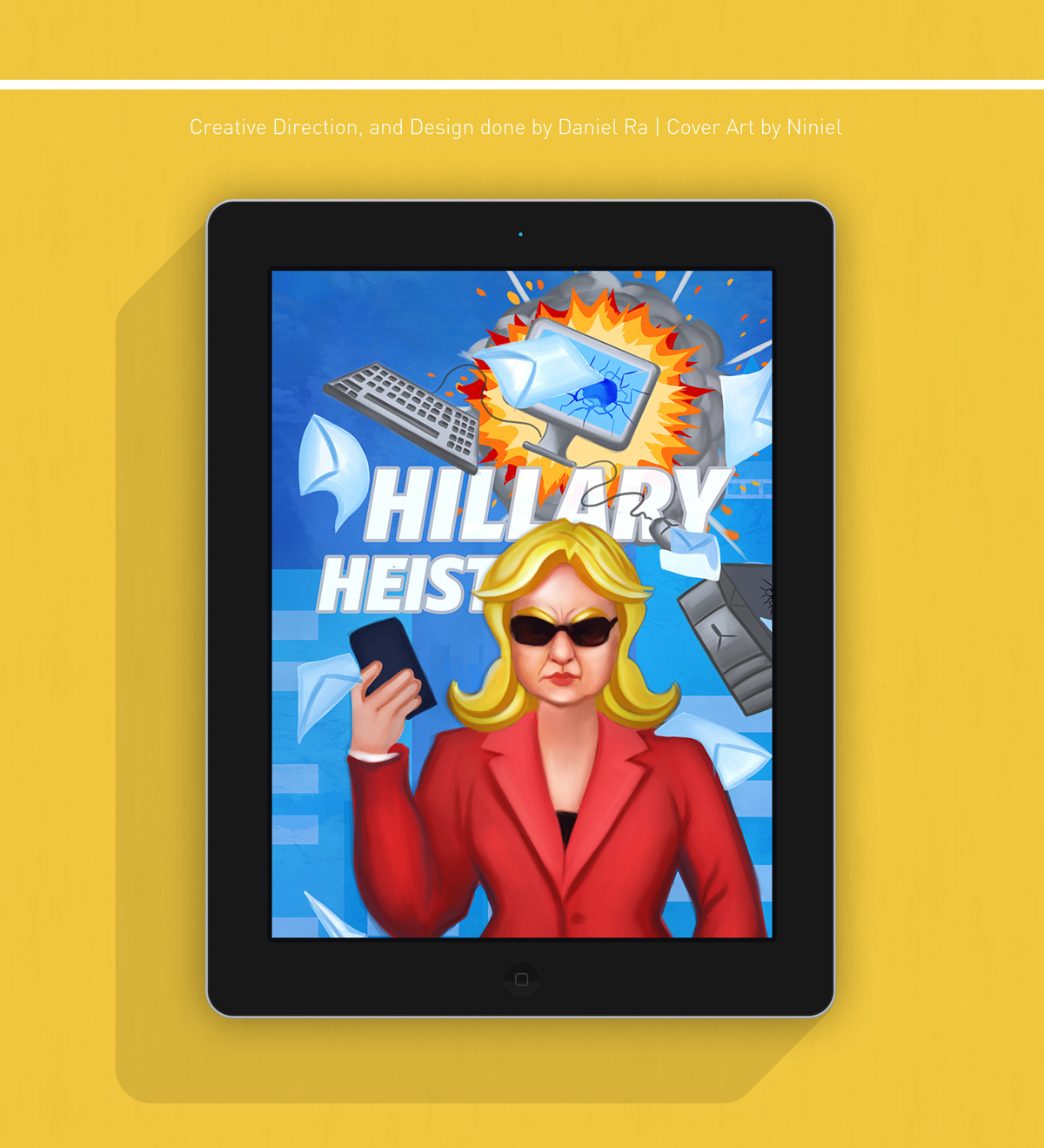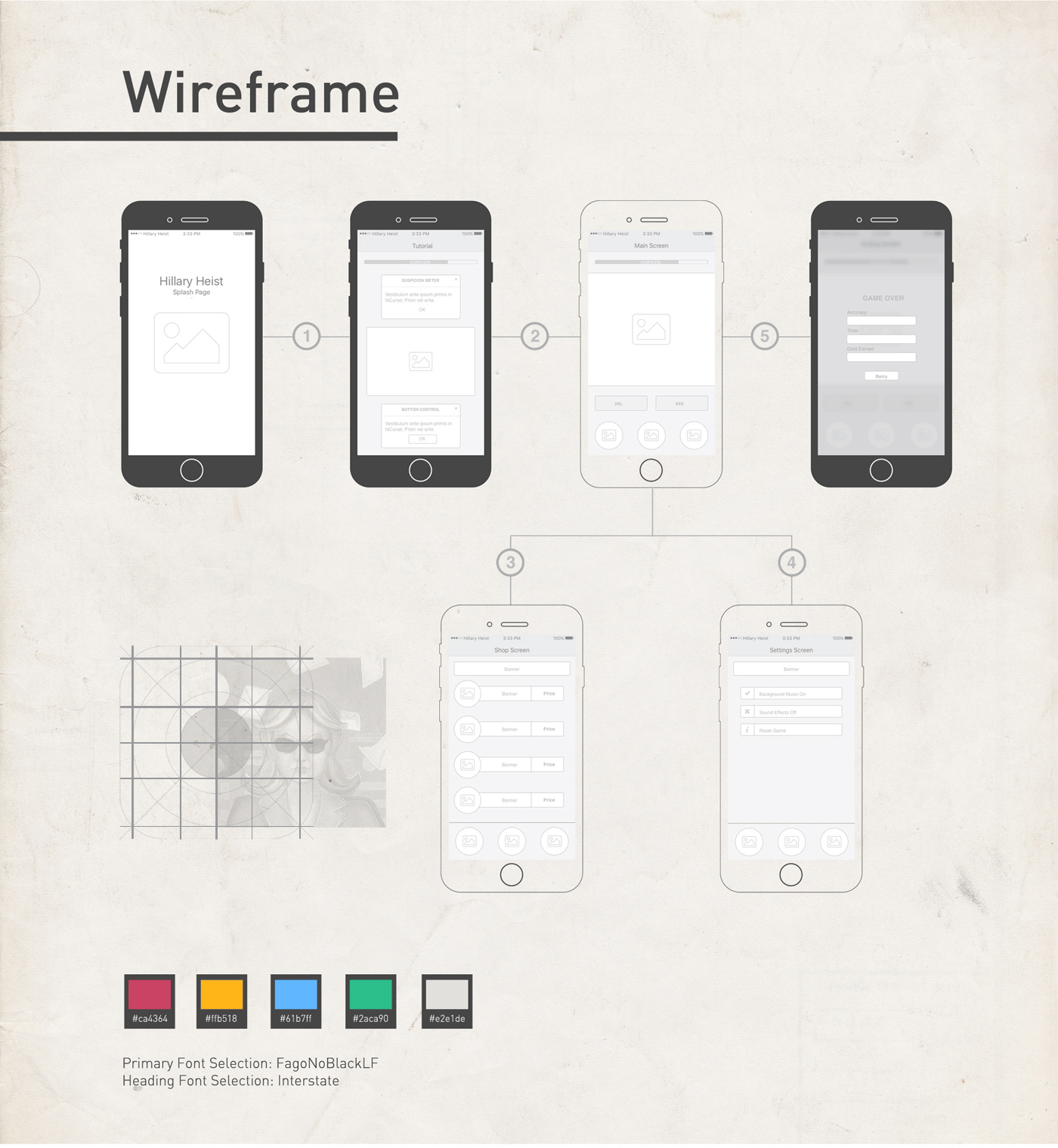Context
It was at the beginning of winter quarter…and I had just started my BI Developer internship at T-Mobile. At the time I was learning a wide variety of techniques, and tools to gain insights on strategic coverage planning. The vast majority of my work was centered on the application of statistical methodologies.This being the case, I was very eager to apply my newfound skillset to my own projects. I eagerly gathered a few of my friends, and asked them if they wanted to work on a mobile application for a shot at making it big. They agreed, and thus we began our month long journey.
*I drew my insights, and ambitions from these two sources, and tried to apply their teachings to this project.
[Allen Wong's Testimony To The Left, And Job's Biography To Your Right.]
Role: Project Manager, Business Intelligence, and UI / UX Designer.
Live Video Demo
Technologies Incorporated: This is an iOS Swift based mobile game that utilizes the Sprite kit architecture. All other additional assets were created with a combination of programs such as Sketch, Adobe Photoshop, After Effects, Illustrator, and Garage Band.
You can download our application here.
Conclusion: Although we didn’t get rich from this venture, we did takeaway some valuable points. Firstly, we learned that the market is always volatile; yesterday’s trends are not guaranteed to last until tomorrow. This is especially true for games that are trying to ride a current event. Secondly, we learned that it was easier to create the game than it was to market it. Even if you have a great product, if no one knows about it, no one is going to buy it. Lastly, we spent about a 100 hours or so developing this game from end-to-end, I can’t say that the learning experience was not worth it, as we definitely picked up some new skills such as Sprite kit, and memory optimization.
Working With Data

[Breathe Overview.]

[Paid + Free Market Analysis.]
- Based on our analysis, the free games market garnered the most revenue. Within that segment, games based on simulation performed the best in terms of market share. Although at first glance, the category entitled “Action”, seemed to appear to be the breadwinner of the group. However, upon further discovery, it turned out to be very fragmented by sub genres, and thus not the most optimal place to play our hand in.
- Free games without a doubt performed drastically better in terms of gross revenue. This is probably due in part to the lower barrier of entry, however this also encourages stiff competition.
- Yes, in-app purchases almost indefinitely grossed higher revenues as opposed to those who did not have them.
- The best price point from my analysis showed that contrary to popular belief, the cheapest products don’t necessarily generate the highest revenue.
Which genre of mobile games generate the most gross revenue?
Paid vs. FREE games analysis, which category grosses higher margins?
Is it better to include in-app purchases? If so, what is the best price point at which they sell?

[Interpreting the results.]
Key Performance Indicators
- What Level does the average player get to before he / she stops playing the game?
- How much time does the average player spend playing this game?
- What is the conversion rate for in app purchases?
- What is the average streak count for a player?
- How many advertisements does a typical user experience per round?

[One Week of Data Compiled From Unity Ads + Apple App Store After Normalization (80 Responses).]
Asset Collaborations
Original Sound Track: Collaboration with Andrew T. Pang AKA Pangtience.
Cover Art: Since our time was fairly limited as students, and realizing the fact that we didn’t have a dedicated traditional artist on our team, I reached out to Niniel from Italy to collaborate on our splash art.

[Original Concept.]

[First Painting Iterations.]

[Rough Notes On Concepts To Keep In Mind While Developing.]
Final Presentation Layout

[Splash Art Collaboration With Niniel.]

[Game Wireframes.]

[Game Tutorial.]


